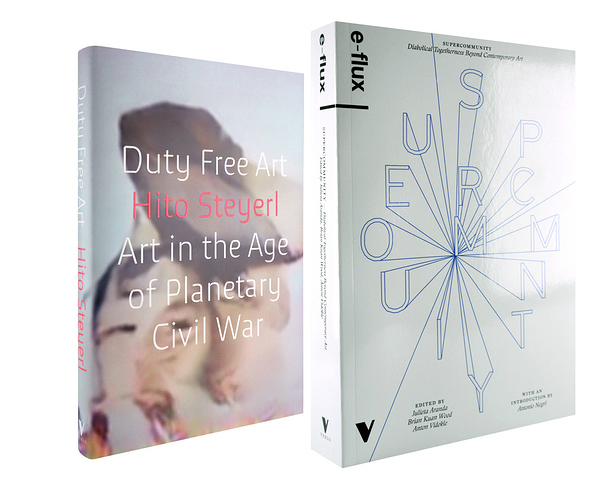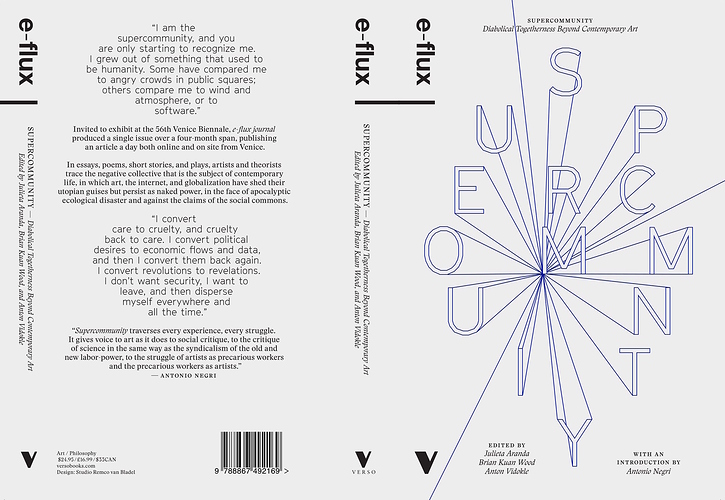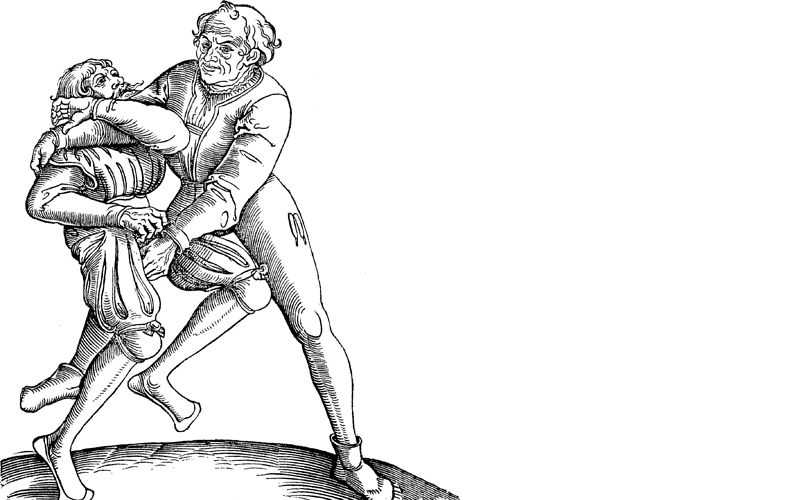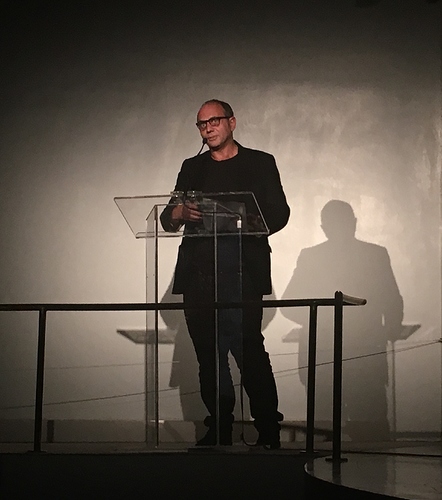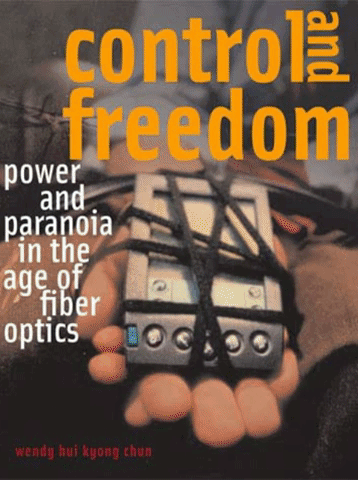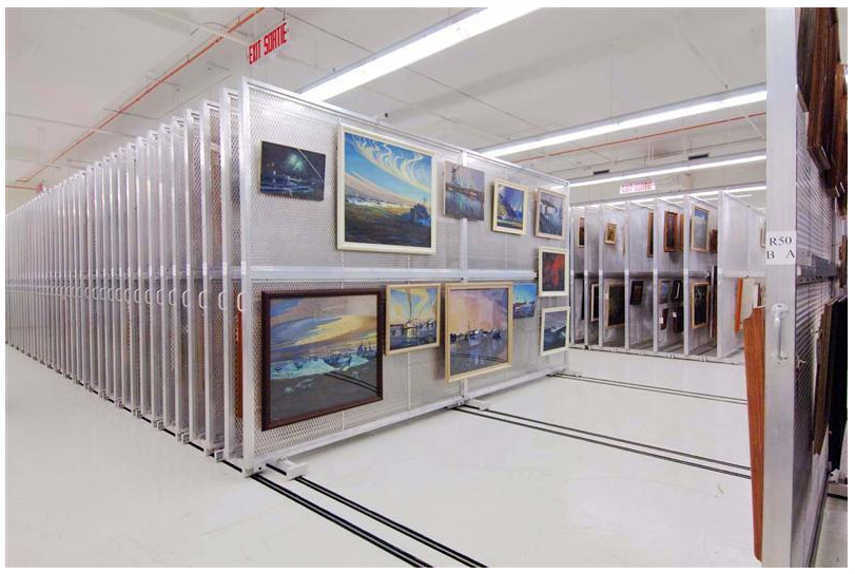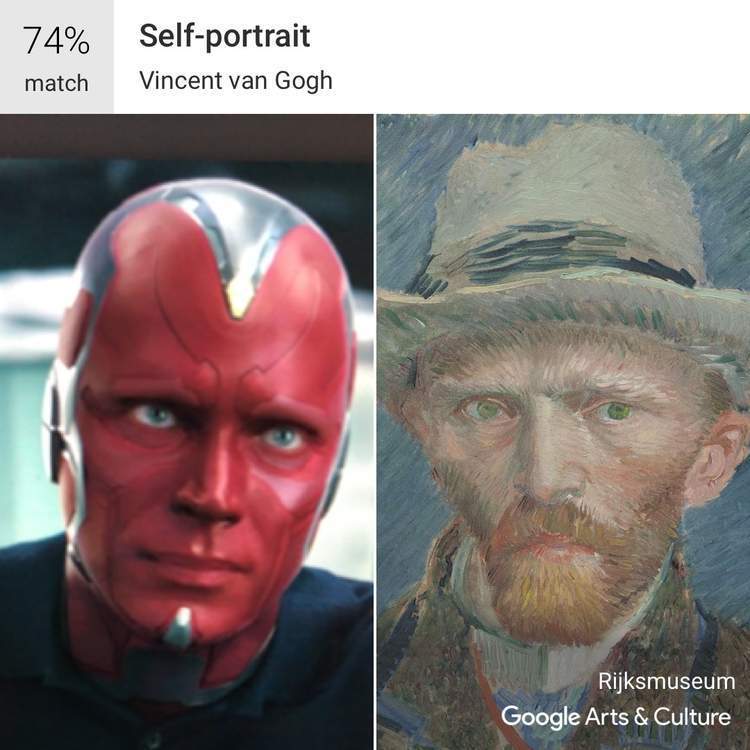Join Erica Love and João Enxuto [@EnxutoLove] on this thread, starting at 6:30pm NY time today, for live responses to the double book launch of Hito Steyerl’s Duty Free Art: Art in the Age of Planetary Civil War and e-flux’s Supercommunity: Diabolical Togetherness Beyond Contemporary Art, held at the Guggenheim.
Double US Book Launch: Duty Free Art and Supercommunity at the Guggenheim
Wednesday, January 24, 6:30–8:30pm
The Solomon R. Guggenheim Museum
1071 5th Ave
New York, NY 10128
FREE with RSVP
www.guggenheim.org, www.versobooks.com, www.e-flux.com
The event will be streamed live on e-flux.com/live.
In collaboration with e-flux and Verso Books, the Guggenheim presents the US launch of two recent Verso publications: Hito Steyerl’s Duty Free Art: Art in the Age of Planetary Civil War, a new volume of essays by the writer, filmmaker, and artist; and Supercommunity: Diabolical Togetherness Beyond Contemporary Art, a collection of essays, poems, short stories, and plays by artists and theorists selected from the eponymous 88-text issue of e-flux journal commissioned for the 56th Venice Biennale. The evening will feature Steyerl in conversation with media theorist Wendy Hui Kyong Chun, a presentation by artist and Supercommunity contributing author Liam Gillick, and a one-act play by co-editors Julieta Aranda and Brian Kuan Wood.
In Duty Free Art (November 2017), Berlin-based filmmaker and writer Hito Steyerl wonders how we can appreciate, or even make, art in the present age. What can we do when arms manufacturers sponsor museums and some of the world’s most valuable artworks are used as a fictional currency in a global futures market that has nothing to do with the works themselves? Can we distinguish between creativity and the digital white noise that bombards our everyday lives? Exploring artifacts as diverse as video games, WikiLeaks files, the proliferation of spam, and political actions, she exposes the paradoxes within globalization, political economies, visual culture, and the status of art production. Keller Easterling says of Duty-Free Art: “Hito Steyerl’s nuanced essays dissect the buckshot of digital information streams. And as her own art work engages all those digital filters and proxies that scramble and reassemble and generate noise, she also rehearses another way of thinking or recognizing or laughing.” The New York Times writes of Duty Free Art: “Steyerl refuses to nail down a single idea, or insist on a point of view. Instead, we get art as an act of moral thinking-in-progress. In a very of-the-moment, digital-age way, the logic of that thinking is fractured, the nature of morality suspect. But a belief in the necessity of thinking, restlessly, politically, never is in doubt.”
Over a four-month span, e-flux journal’s editors published Supercommunity, an ongoing issue presented daily both online and on site from from the 56th Venice Biennale. The essays, poems, short stories, and plays selected for the new book Supercommunity: Diabolical Togetherness Beyond Contemporary Art (December 2017) form a cohesive collection tracing the negative collective that is the subject of contemporary life, in which art, the internet, and globalization have shed their utopian guises but persist as naked power, in the face of apocalyptic ecological disaster and against the claims of the social commons. Edited by Julieta Aranda, Brian Kuan Wood, and Anton Vidokle, the new anthology of these writings features an introduction by Antonio Negri and guest-edited sections by Raqs Media Collective, Tom Holert, Natasha Ginwala, Boris Groys, and Pedro Neves Marques. In his introduction, Antonio Negri explains, “Supercommunity traverses every experience, every struggle. It gives voice to art as it does to social critique, to the critique of science in the same way as the syndicalism of the old and new labor-power, to the struggle of artists as precarious workers and the precarious workers as artists.”
Both titles are published by Verso Books and will be available at the event.
